




In July 2021, the islands of Amami Oshima, Tokunoshima, northern Okinawa, and Iriomotejima were registered as World Heritage sites. The deciding factors for registration were the biodiversity of the many rare plants and animals that have evolved uniquely to inhabit and grow on the islands. Approximately 90% of the amphibians and 60% of the land mammals and reptiles inhabiting Amami Oshima and Tokunoshima are endemic to these islands. The subtropical flora and fauna forest, Kinsakubaru, and Sumiyo's mangroves are home to subtropical plants such as the flying spider-monkey tree fern, considered a living fossil, and rare species such as the Amami jay (a protected species) and the Amami rabbit.
World Heritage sites are cultural and natural properties designated for protection and conservation to be handed down to posterity as the common heritage of humanity. There are three categories of World Heritage sites: cultural, natural, and mixed. Natural heritage includes landforms, geological features, and ecosystems of outstanding universal value, as well as populations and habitats of endangered flora and fauna.
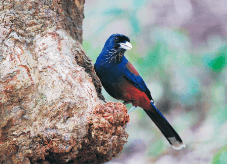
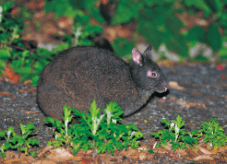
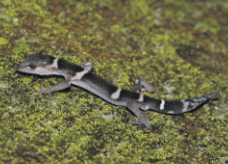

Amami Oshima has inherited its unique nature and traditions from the past. There, people have lived their lives accepting things as they are.We spoke with two locals who are inheritors of nature and traditions about what they would like to leave behind for future generations.

Amami Oshima's bountiful nature has given birth to a certain culture still alive today. That is mud dyeing, passed down in the region for over 1,300 years. Today, Oshima tsumugi is famous as a kimono admired by everyone, but "in the old days, bashofu (banana fiber cloth), which suited Amami's climate, was woven, and later, under the Satsuma clan's rule, it transformed into the sophisticated silk fabric we see today," says Mr. Yukihito Kanai, the second successor of Kanai Kogei, who tenaciously maintains the traditional production method.
The process begins with boiling Yeddo hawthorn (rhaphiolepis indica var. umbellata, locally called techiki). In fact, you can see Yeddo hawthorn in urban areas lining the streets, but the Yeddo hawthorn used for mud dyeing only grows wild in the mountains of Amami. The Yeddo hawthorns lining the streets do not produce color because they breathe exhaust gases, and moreover, they do not yield that much pigment until they are 20 to 30 years old.
After boiling 600 kg of Yeddo hawthorns hewn from the wild mountains for two days and letting the boiling water stand for three to five days, it is finally ready to be used as a dye for mud dyeing. Then, after soaking the threads 20 times in the dye, the next step is the natural muddy water. Although the process is called mud dyeing, it seems to take ages before the threads are dyed in the mud. It is surprising to hear that the process is repeated 70 to 80 times.
In mud dyeing, the tannin contained in the Yeddo hawthorn and the iron in the mud cause a chemical reaction that results in a unique, deep black color. Kanai comments, "Now we know that mud contains a lot of iron, but it's all thanks to the wisdom of our ancestors. And above all, we owe it all to the island's nature. We get our dyeing done with help from nature." He says he has his own ideas about this tradition because he knows the strength and splendor of nature.

Oshima tsumugi reached its heyday in the late 1960s. Since then, the industry has been in decline. Although the industry has dwindled in size, they are now receiving offers from famous apparel makers and brands and are expanding into new forms of mud dyeing. You would think that they would be communicating information increasingly to the world from now on, but that is not their goal.
"Because we're working within nature, it's not something we humans can control. So, rather than expanding, we want to focus on how much we can leave it intact," explains Kanai.
In fact, at the peak of the Oshima tsumugi production, it reached the point where the Yeddo hawthorns were logged so much that they had to be re-forested artificially. Notwithstanding this, Amami is a land of many disasters due to its lush natural environment. Typhoons and floods are beyond human control, but there are rivers because of the rainfall, and the water attracts dyers, and culture is born. People's lives are based on such natural cycles, and industry follows.
Kanai says, "We surrender to the nature of Amami, accepting everything, without illusions. Our relationship with hard-to-control nature is exquisitely unique to the island, and I think it's more important to preserve the trial and error and attitude of humans than to maintain things."
To carry on a tradition that dates back over 1,300 years is to live with Amami's dominant nature, which has endured since prehistoric times. The deep colors of the mud-dyeing seem to be infused with such determination and beauty.
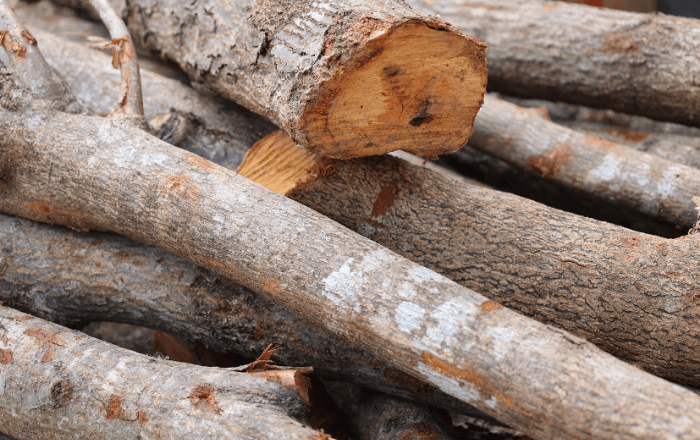
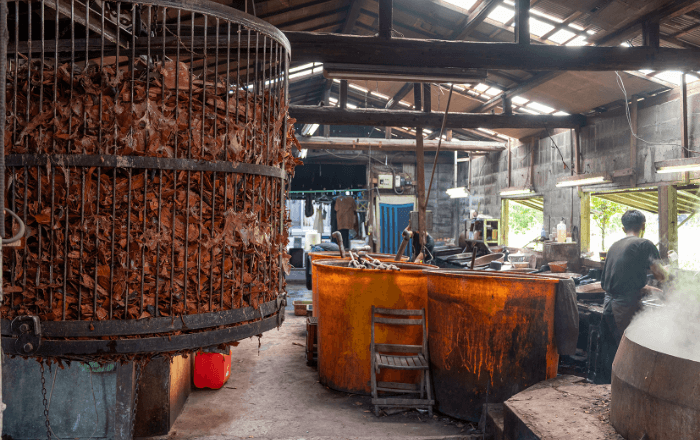




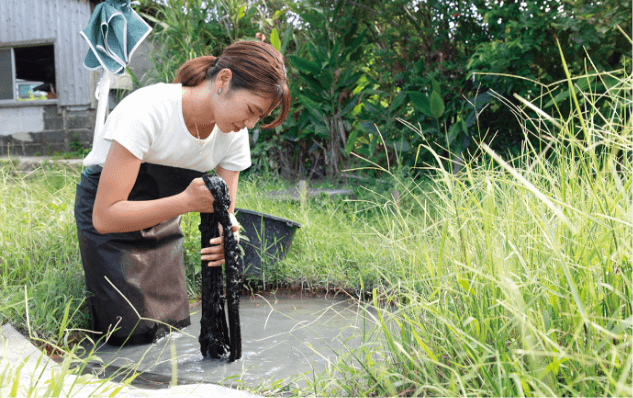
Visitors can gain valuable experience in mud dyeing by booking in advance. You can also bring in your own personal items to dye.

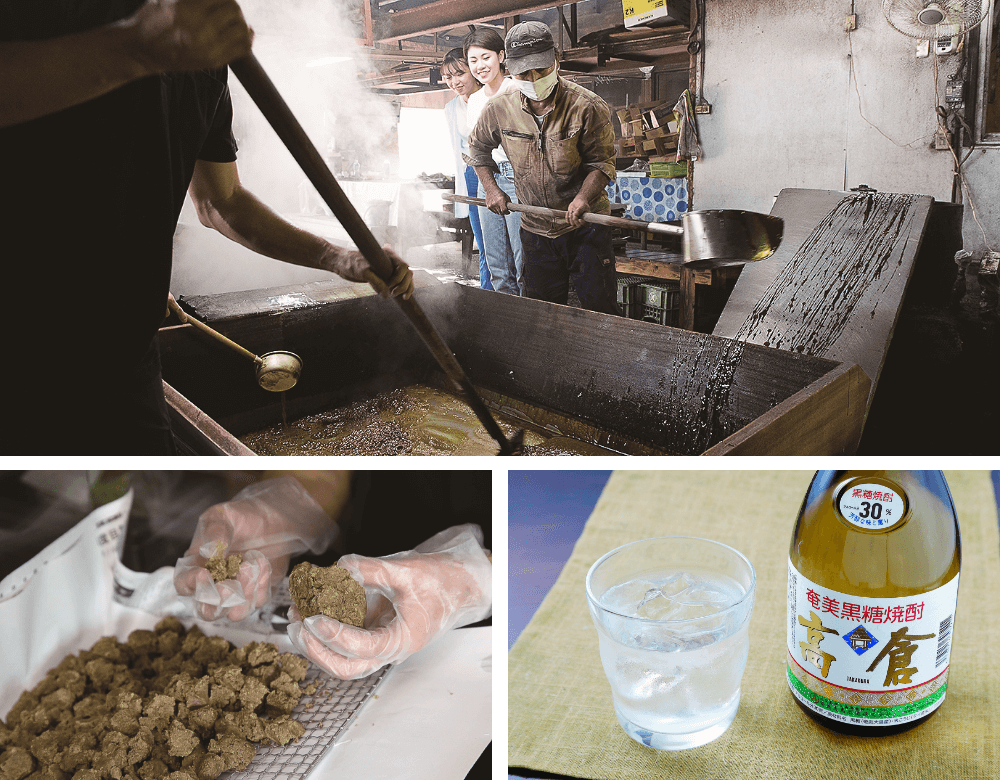

Brown sugar is made by boiling down sugarcane juice, which has long been a mainstay crop. Rich in minerals and vitamins, it is used in various products, including brown sugar shochu, which can only be produced in the Amami Islands.


Shima uta (island songs) are sung in falsetto while playing the Amami shamisen (three-stringed guitar). These songs passed down in the villages are still sung daily, and are an indispensable part of the islanders' lives.

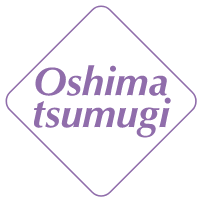
Amami tsumugi is one of the world's finest silk fabrics and Amami Oshima's pride that represents Japan. It is appealing for its supple texture and lightweight feel.


Bashofu is woven from plantain fibers, with the threads dyed in plant-based dyes. It was valued for summer clothing in hot and humid regions because of its cool and light touch.